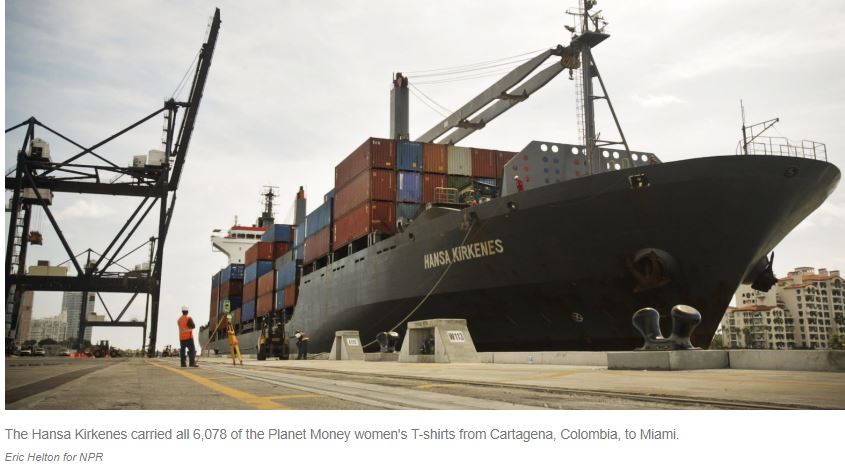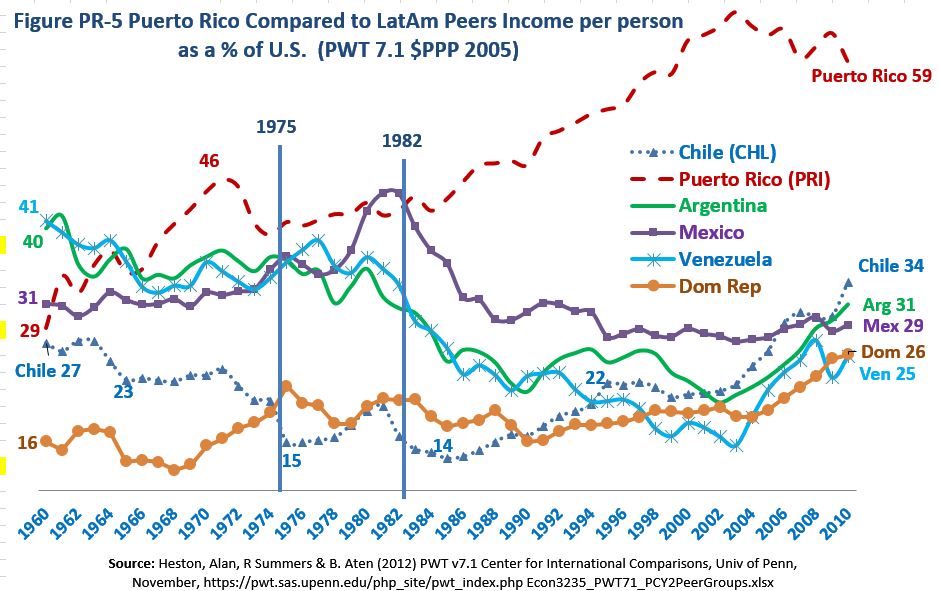Folklore has Noble Laureate Simon Kuznets telling his students “there are four kinds of countries in the world: developed countries, undeveloped countries, Japan and Argentina” meaning Argentina is in a class by itself. Though due to a war involving Malvinas Islands (Falklands) in terms of nuance, The Economist is not an entirely reliable source, the 100+ years of data is from reliable sources.
Reporting Accurate Inflation
Note IMF spreadsheet has n/a for Argentina’s inflation rate. This is due a remarkable turn of events where the government began reporting low inflation making it illegal for even private firms to report inflation above the official figures, which was almost always just below 10%. In yet another twist of fate, Albert Cavallo was studying at economics at MIT during the “wrong inflation period” (he is the son of Domingo Calvo Argentina’s Finance Minister during the currency board regime that ended in 2000 (when the Nestor and then Cristine Kirchner took over). He and his Venezuela born mentor Roberto Rigobon started the Billion Prices Project which uses online and cell phones to collect data on prices (as a check on country statistical offices). The problem is the definition of real GDP, the government collects data on
References:
Cavallo, Alberto. “Online and official price indexes: Measuring Argentina’s inflation.” Journal of Monetary Economics 60, no. 2 (2013): 152-165.
Alberto Cavallo and Roberto Rigobon, The Billion Prices Project: Using Online Prices for Measurement and Research Journal of Economic Perspectives , Spring 2016, Vol 30(2): 151-78
Download Paper
New data-gathering techniques, often referred to as “Big Data,” have the potential to improve statistics and empirical research in economics. This paper presents one example of how this can be achieved by using the vast number of online prices displayed on the web. We describe our work with the Billion Prices Project at MIT, and emphasize key lessons that can be used for both inflation measurement and some fundamental research questions in macro and international economics. In particular, we show how online prices can be used to construct daily price indexes in multiple countries and to avoid measurement biases that distort evidence of price stickiness and international relative price







